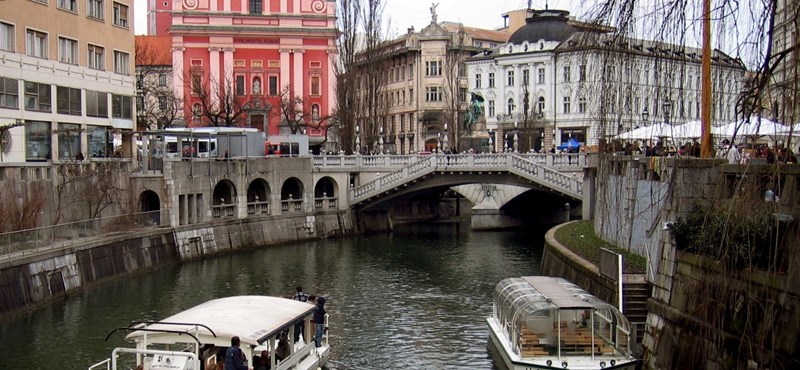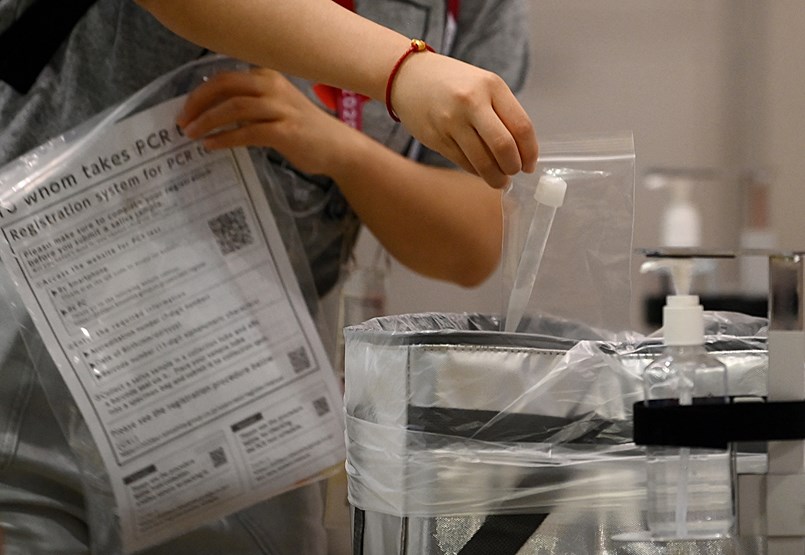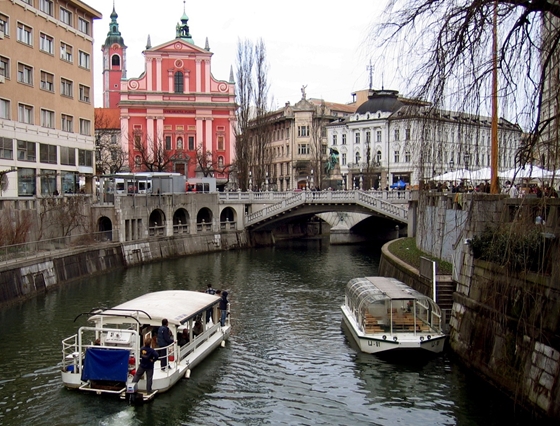[{“available”:true,”c_guid”:”de5ea601-c3ab-40ff-985d-ca54ec23f53b”,”c_author”:”Keresztes Imre”,”category”:”360″,”description”:”Diplomáciai áttörést értek el a tálibok Pekinggel, ami nemcsak az afganisztáni békét segítheti elő, hanem a térség stratégiai hatalmává emelheti Kínát.”,”shortLead”:”Diplomáciai áttörést értek el a tálibok Pekinggel, ami nemcsak az afganisztáni békét segítheti elő, hanem a térség…”,”id”:”202131__kina_es_ataliban__afgan_folyoso__azusa_utan__uj_romanc_kezdete”,”image”:”https://img2.hvg.hu/image.aspx?id=de5ea601-c3ab-40ff-985d-ca54ec23f53b&view=ffdb5e3a-e632-4abc-b367-3d9b3bb5573b”,”index”:0,”item”:”fd43debe-68a6-4a08-aba1-53028162c10c”,”keywords”:null,”link”:”/360/202131__kina_es_ataliban__afgan_folyoso__azusa_utan__uj_romanc_kezdete”,”timestamp”:”2021. augusztus. 07. 08:30″,”title”:”A szovjetek és az amerikaiak után a kínaiak próbálják meghódítani Afganisztánt, csak másképp”,”trackingCode”:”RELATED”,”c_isbrandchannel”:false,”c_isbrandcontent”:false,”c_isbrandstory”:false,”c_isbrandcontentorbrandstory”:false,”c_isbranded”:false,”c_ishvg360article”:true,”c_partnername”:null,”c_partnerlogo”:”00000000-0000-0000-0000-000000000000″,”c_partnertag”:null},{“available”:true,”c_guid”:”3193f7f8-09bf-4e4e-93a9-3631eb6bc654″,”c_author”:”hvg.hu”,”category”:”elet”,”description”:”A Fővárosi Állat- és Növénykert csütörtökön azt írta, jelenleg náluk látható az ország legkisebb vörös pandája. Viszont épp csak egy kevéssel maradt el tőle a Nyíregyházán hét hete születetett panda, amelyet szintén most vizsgált meg először az állatorvos.”,”shortLead”:”A Fővárosi Állat- és Növénykert csütörtökön azt írta, jelenleg náluk látható az ország legkisebb vörös pandája. Viszont…”,”id”:”20210806_Hatalmas_a_cukisagverseny_voros_panda_szuletett_Budapest_mellett_Nyiregyhazan_is”,”image”:”https://img2.hvg.hu/image.aspx?id=3193f7f8-09bf-4e4e-93a9-3631eb6bc654&view=ffdb5e3a-e632-4abc-b367-3d9b3bb5573b”,”index”:0,”item”:”b0a3a8ee-367f-4275-89e1-7255fedfea48″,”keywords”:null,”link”:”/elet/20210806_Hatalmas_a_cukisagverseny_voros_panda_szuletett_Budapest_mellett_Nyiregyhazan_is”,”timestamp”:”2021. augusztus. 06. 16:05″,”title”:”Hatalmas a cukiságverseny: vörös panda született Budapest mellett Nyíregyházán is”,”trackingCode”:”RELATED”,”c_isbrandchannel”:false,”c_isbrandcontent”:false,”c_isbrandstory”:false,”c_isbrandcontentorbrandstory”:false,”c_isbranded”:false,”c_ishvg360article”:false,”c_partnername”:null,”c_partnerlogo”:”00000000-0000-0000-0000-000000000000″,”c_partnertag”:null},{“available”:true,”c_guid”:”bcbf55bf-83e5-404c-8305-9f1a070a1d84″,”c_author”:”hvg.hu”,”category”:”itthon”,”description”:”A rendőrség szerint nem történt bűncselekmény. “,”shortLead”:”A rendőrség szerint nem történt bűncselekmény. “,”id”:”20210807_Leszedette_a_budakalaszi_jegyzo_az_ot_kinosan_erinto_plakatot”,”image”:”https://img2.hvg.hu/image.aspx?id=bcbf55bf-83e5-404c-8305-9f1a070a1d84&view=ffdb5e3a-e632-4abc-b367-3d9b3bb5573b”,”index”:0,”item”:”ebd579fc-47a9-4f5f-bfd1-aa5c66da3c86″,”keywords”:null,”link”:”/itthon/20210807_Leszedette_a_budakalaszi_jegyzo_az_ot_kinosan_erinto_plakatot”,”timestamp”:”2021. augusztus. 07. 11:43″,”title”:”Leszedette a budakalászi jegyző az őt kínosan érintő plakátot”,”trackingCode”:”RELATED”,”c_isbrandchannel”:false,”c_isbrandcontent”:false,”c_isbrandstory”:false,”c_isbrandcontentorbrandstory”:false,”c_isbranded”:false,”c_ishvg360article”:false,”c_partnername”:null,”c_partnerlogo”:”00000000-0000-0000-0000-000000000000″,”c_partnertag”:null},{“available”:true,”c_guid”:”25d8f1a9-bc81-4196-b94e-b672d7790938″,”c_author”:”hvg.hu”,”category”:”tudomany”,”description”:”Újabb célpontot találtak maguknak a kiberbűnözők az Egyesült Államokban. Ezúttal Indiana állam egyik kórházára szabadították rá a zsarolóvírust, ami nemcsak a 315 ágyas indianapolisi egységet bénította meg, de többek között a közegészségügyi központokat is.”,”shortLead”:”Újabb célpontot találtak maguknak a kiberbűnözők az Egyesült Államokban. Ezúttal Indiana állam egyik kórházára…”,”id”:”20210806_zsarolovirus_hackertamadas_kibertamadas_korhaz_mento”,”image”:”https://img2.hvg.hu/image.aspx?id=25d8f1a9-bc81-4196-b94e-b672d7790938&view=ffdb5e3a-e632-4abc-b367-3d9b3bb5573b”,”index”:0,”item”:”1ac973da-7197-4c72-a979-f6692d821797″,”keywords”:null,”link”:”/tudomany/20210806_zsarolovirus_hackertamadas_kibertamadas_korhaz_mento”,”timestamp”:”2021. augusztus. 06. 17:03″,”title”:”Lecsaptak a hackerek egy amerikai kórházra, át kellett irányítani a mentőautókat”,”trackingCode”:”RELATED”,”c_isbrandchannel”:false,”c_isbrandcontent”:false,”c_isbrandstory”:false,”c_isbrandcontentorbrandstory”:false,”c_isbranded”:false,”c_ishvg360article”:false,”c_partnername”:null,”c_partnerlogo”:”00000000-0000-0000-0000-000000000000″,”c_partnertag”:null},{“available”:true,”c_guid”:”4e1c8b3e-6b1d-41c0-9df4-e2daba81e25b”,”c_author”:”hvg.hu”,”category”:”gazdasag”,”description”:”A támogatást a nem önkormányzati bölcsődékbe járó gyerekek után lehet kérni. “,”shortLead”:”A támogatást a nem önkormányzati bölcsődékbe járó gyerekek után lehet kérni. “,”id”:”20210807_Novak_Katalin_most_a_bolcsodekkel_kampanyol_kifejezetten_batoritva_hogy_ne_allami_intezmenybe_adjjuk_a_gyereket”,”image”:”https://img2.hvg.hu/image.aspx?id=4e1c8b3e-6b1d-41c0-9df4-e2daba81e25b&view=ffdb5e3a-e632-4abc-b367-3d9b3bb5573b”,”index”:0,”item”:”3c9d8bf8-7632-4e9a-83da-f4a9418f7cb6″,”keywords”:null,”link”:”/gazdasag/20210807_Novak_Katalin_most_a_bolcsodekkel_kampanyol_kifejezetten_batoritva_hogy_ne_allami_intezmenybe_adjjuk_a_gyereket”,”timestamp”:”2021. augusztus. 07. 15:25″,”title”:”Novák emlékeztet: 40 ezer forint támogatást kérhetnek a szülők bölcsődés gyerekük után”,”trackingCode”:”RELATED”,”c_isbrandchannel”:false,”c_isbrandcontent”:false,”c_isbrandstory”:false,”c_isbrandcontentorbrandstory”:false,”c_isbranded”:false,”c_ishvg360article”:false,”c_partnername”:null,”c_partnerlogo”:”00000000-0000-0000-0000-000000000000″,”c_partnertag”:null},{“available”:true,”c_guid”:”8684a911-10bd-4a67-b196-84017625a8c4″,”c_author”:”MTI/hvg.hu”,”category”:”itthon”,”description”:”Az elmúlt hónapban három kislány és egy kisfiú részesült a rendkívül költséges kezelésben állami támogatásból, mindannyian az állapotuknak megfelelően jól vannak – írja a Bethesda Gyermekkórház.”,”shortLead”:”Az elmúlt hónapban három kislány és egy kisfiú részesült a rendkívül költséges kezelésben állami támogatásból…”,”id”:”20210807_Mar_a_negyedik_SMAbeteg_gyerek_kapta_meg_a_Zolgensmakezelest”,”image”:”https://img2.hvg.hu/image.aspx?id=8684a911-10bd-4a67-b196-84017625a8c4&view=ffdb5e3a-e632-4abc-b367-3d9b3bb5573b”,”index”:0,”item”:”38e1007a-4c9a-4e04-b6da-6b5eeedd4b93″,”keywords”:null,”link”:”/itthon/20210807_Mar_a_negyedik_SMAbeteg_gyerek_kapta_meg_a_Zolgensmakezelest”,”timestamp”:”2021. augusztus. 07. 16:26″,”title”:”Megkapta az államilag támogatott Zolgensma-terápiát a negyedik magyar SMA-beteg, a kisfiú jól van”,”trackingCode”:”RELATED”,”c_isbrandchannel”:false,”c_isbrandcontent”:false,”c_isbrandstory”:false,”c_isbrandcontentorbrandstory”:false,”c_isbranded”:false,”c_ishvg360article”:false,”c_partnername”:null,”c_partnerlogo”:”00000000-0000-0000-0000-000000000000″,”c_partnertag”:null},{“available”:true,”c_guid”:”90692e42-7975-459c-b77f-0f7cfd6e03b4″,”c_author”:”HVG360″,”category”:”360″,”description”:”Exkluzív felvételeket csípett el a Duma Aktuál, amelyeket az izraeli kémszoftverrel rögzíthettek. Áder János pizzát rendel, Orbán Viktor telefonbetyárkodik, Gyurcsány Ferenc pedig bort vásárolna. Duma Aktuál, ezúttal Balatonfüredről.”,”shortLead”:”Exkluzív felvételeket csípett el a Duma Aktuál, amelyeket az izraeli kémszoftverrel rögzíthettek. Áder János pizzát…”,”id”:”20210806_Duma_Aktual_Pegasusbotrany”,”image”:”https://img2.hvg.hu/image.aspx?id=90692e42-7975-459c-b77f-0f7cfd6e03b4&view=ffdb5e3a-e632-4abc-b367-3d9b3bb5573b”,”index”:0,”item”:”bd3ca7a7-1441-4ed6-a793-c0106ec4e51b”,”keywords”:null,”link”:”/360/20210806_Duma_Aktual_Pegasusbotrany”,”timestamp”:”2021. augusztus. 06. 19:00″,”title”:””Andika, engedd el a mellkasszőröm!” – Pegasus-hanganyagokat szerzett a Duma Aktuál”,”trackingCode”:”RELATED”,”c_isbrandchannel”:false,”c_isbrandcontent”:false,”c_isbrandstory”:false,”c_isbrandcontentorbrandstory”:false,”c_isbranded”:false,”c_ishvg360article”:true,”c_partnername”:null,”c_partnerlogo”:”00000000-0000-0000-0000-000000000000″,”c_partnertag”:null},{“available”:true,”c_guid”:”2235d190-a32c-459a-87b0-f26fbb50c214″,”c_author”:”hvg.hu”,”category”:”elet”,”description”:”A fővárosi állatkert videón örökítette meg, hogyan hűsöl Arun és borjai a medencében.”,”shortLead”:”A fővárosi állatkert videón örökítette meg, hogyan hűsöl Arun és borjai a medencében.”,”id”:”20210807_Tiszta_anyja_nem_veti_meg_a_pancsolast_Samu_a_fovarosi_allatkert_kiselefajtja”,”image”:”https://img2.hvg.hu/image.aspx?id=2235d190-a32c-459a-87b0-f26fbb50c214&view=ffdb5e3a-e632-4abc-b367-3d9b3bb5573b”,”index”:0,”item”:”952601de-aded-4ca0-8895-9cf73c3e4e38″,”keywords”:null,”link”:”/elet/20210807_Tiszta_anyja_nem_veti_meg_a_pancsolast_Samu_a_fovarosi_allatkert_kiselefajtja”,”timestamp”:”2021. augusztus. 07. 19:20″,”title”:”Tiszta anyja: nem veti meg a pancsolást Samu, a fővárosi állatkert kiselefántja”,”trackingCode”:”RELATED”,”c_isbrandchannel”:false,”c_isbrandcontent”:false,”c_isbrandstory”:false,”c_isbrandcontentorbrandstory”:false,”c_isbranded”:false,”c_ishvg360article”:false,”c_partnername”:null,”c_partnerlogo”:”00000000-0000-0000-0000-000000000000″,”c_partnertag”:null}]

The number of editorial boards independent of power is steadily declining, and those that do still exist are trying to stay afloat under growing headwinds. At HVG, we persevere and never give in to pressure, bringing local and international news every day.
That is why we ask you, our readers, to stand by us, support us, join and renew our membership!
We promise to keep doing our best for you in all circumstances!
Recommended from the first page

Horn Andrea (Tokyo)
sports



He said he never cheated anyone for economic reasons that led to his departure. And PSG is one option.











